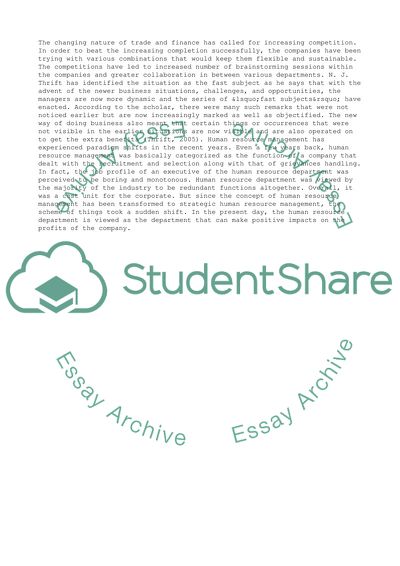Cite this document
(“Management in 21st Century: Strategic Human Resource Management Essay”, n.d.)
Management in 21st Century: Strategic Human Resource Management Essay. Retrieved from https://studentshare.org/management/1561592-module-name-management-in-the-21st-century
Management in 21st Century: Strategic Human Resource Management Essay. Retrieved from https://studentshare.org/management/1561592-module-name-management-in-the-21st-century
(Management in 21st Century: Strategic Human Resource Management Essay)
Management in 21st Century: Strategic Human Resource Management Essay. https://studentshare.org/management/1561592-module-name-management-in-the-21st-century.
Management in 21st Century: Strategic Human Resource Management Essay. https://studentshare.org/management/1561592-module-name-management-in-the-21st-century.
“Management in 21st Century: Strategic Human Resource Management Essay”, n.d. https://studentshare.org/management/1561592-module-name-management-in-the-21st-century.


